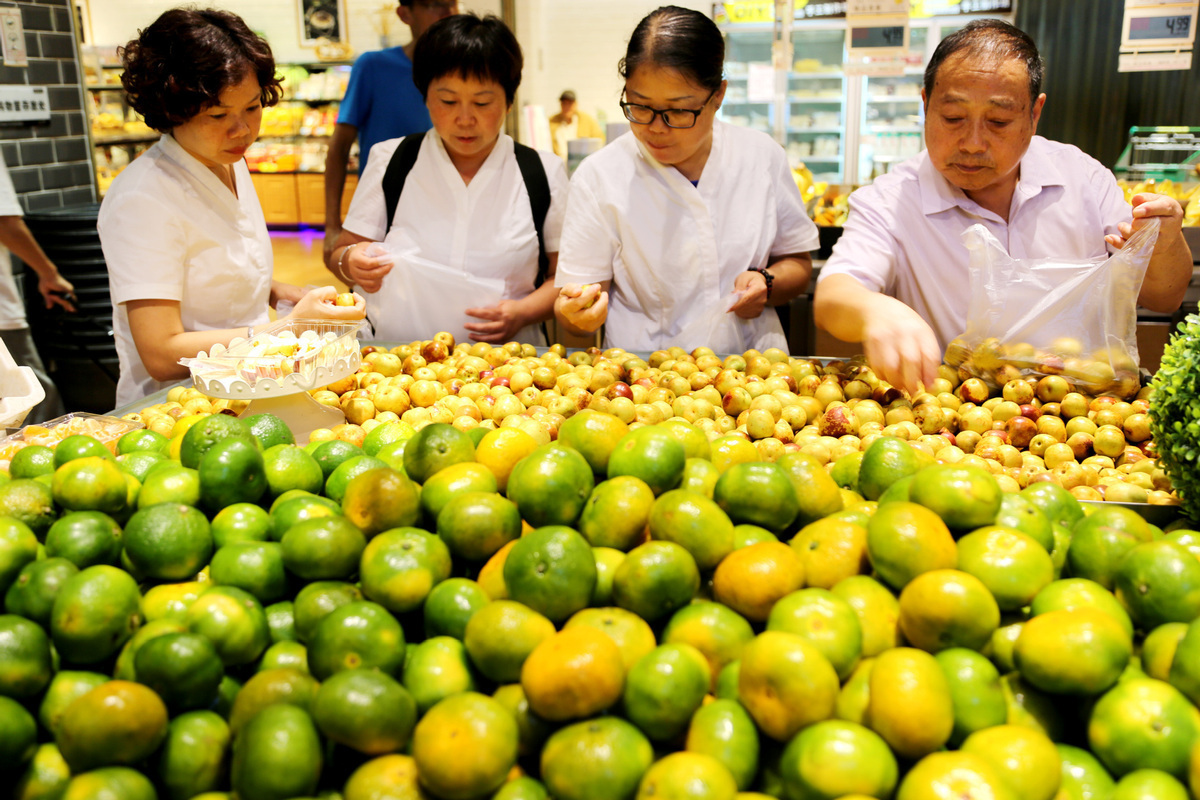Low-income families may require help if food prices continue to rise


The consumer price index rose 2.3 percent year-on-year in March, with food prices, which increased by 4.1 percent, the major reason for the surge, the National Bureau of Statistics said on Thursday. China Daily reporter Li Yang comments:
The index's 2.3 percent rise in March was markedly higher than its 1.7 percent growth in January and 1.5 percent in February. It is noteworthy that vegetable prices rose by 16.2 percent, fruits by 7.7 percent and pork by 5.1 percent last month.
Given that the government has fixed the ceiling for the index's annual growth at 2 percent, the rise in March, although a big jump from February, means the first quarter index still falls within a reasonable range. It is projected that the index may rise to 3 percent or more in some months later in the year.
Despite this, the inflationary pressure remains mild, and the possibility of overall inflation is comparatively small, as against the backdrop of a comparatively weak demand, the structural inflation does not have the foundation to evolve into overall inflation.
The current structural inflation, in which the change of economic structural factors often causes the rise of price of some commodities, is unlikely to lead to tightening up of monetary policies, as the monetary policymakers pay more attention to the quarterly index increase, which is unlikely to break 3 percent.
That the African swine fever has affected almost all provincial-level regions in China, which has half of world's pig stock, and is still far from being under control despite the government's unswerving efforts means the price hike of pork will continue to be a main driving force spurring inflation later this year.
And if the pork price rises fast, the central bank will probably increase its tolerance to inflation with the purpose of ensuring the 6 percent to 6.5 percent annual growth target can be realized, which is necessary to stabilize the country's economic fundamentals.
As such, the government should pay more attention to helping low-income families that are the most vulnerable to fast rising food prices.

































